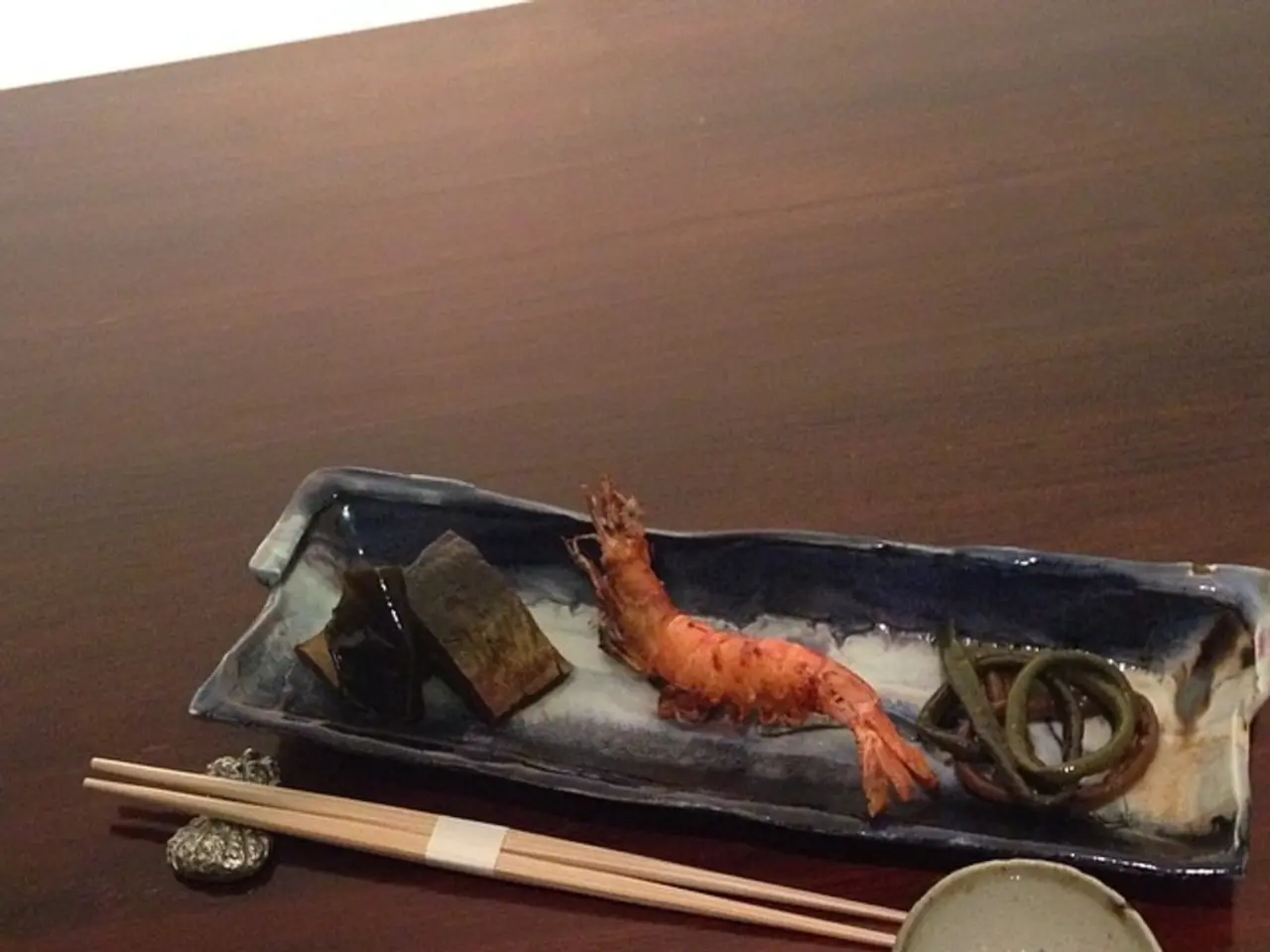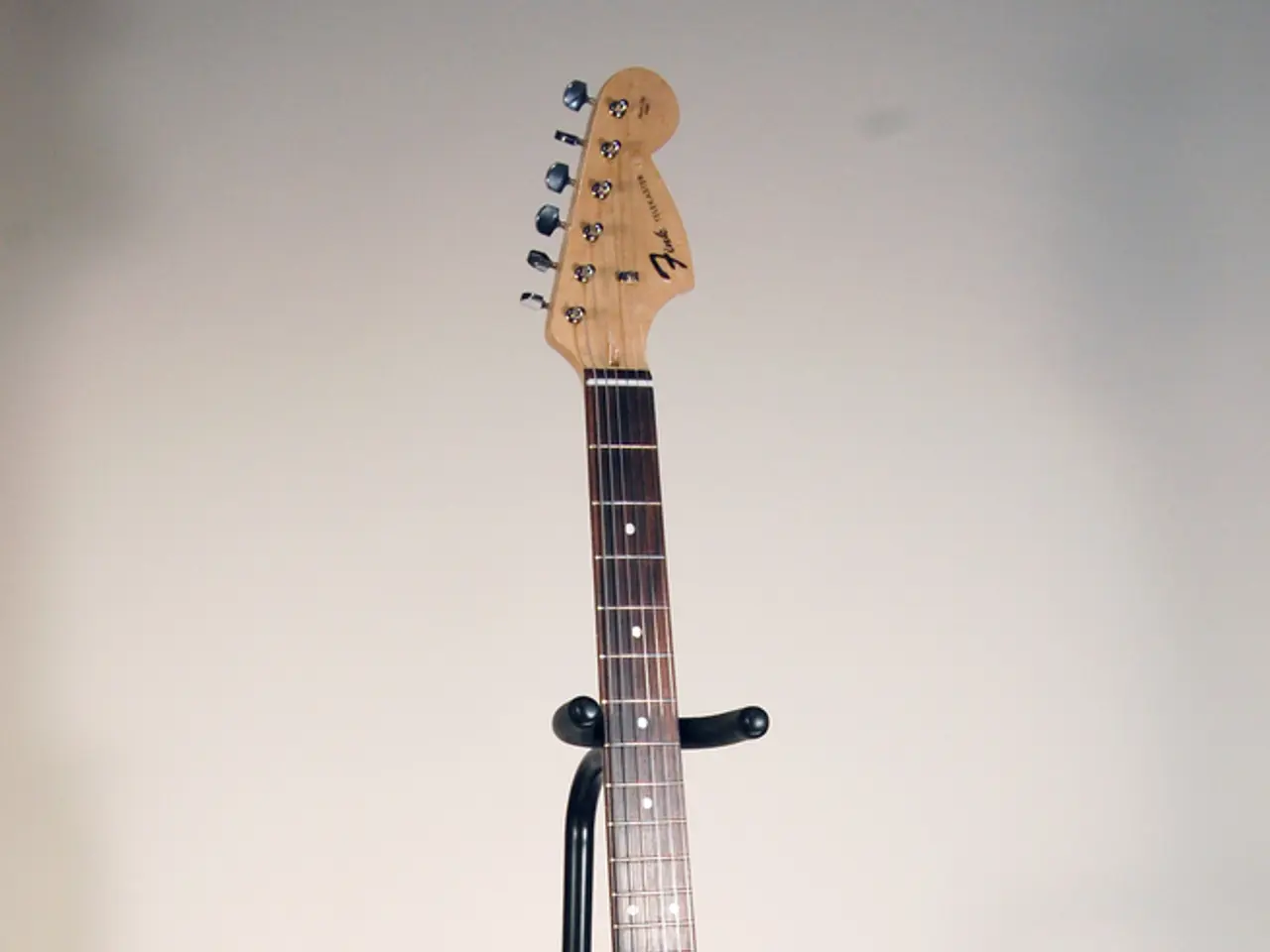Bonsai Tool Sharpening Aids through 3D Printing: Building Precision Jigs
In the world of bonsai, a well-maintained tool is essential for creating and shaping the intricate details of these living sculptures. Today, we'll explore how to design and print a custom sharpening jig for bonsai tools using 3D printing.
Defining Requirements and Measurements
Start by understanding the specific bonsai tools you want to sharpen, such as concave cutters, shears, or knives. Measure critical dimensions like blade width, bevel angle, and handle shape. Determine the sharpening angles you need to maintain for each tool type.
Designing the Jig in CAD Software
Use 3D modeling software like Fusion 360, TinkerCAD, or SolidWorks to create your jig. Key design features typically include:
- A clamping mechanism or slots that hold different bonsai blades securely without damaging them.
- Adjustable guides to set and maintain the correct sharpening angle consistently.
- Slots or surfaces for attaching sharpening stones or guides to keep abrasive contact stable.
- An ergonomic handle or grip for comfortable manual use.
Consider referencing or modifying existing 3D printable honing guides as a starting point. Some commercial or DIY examples can be found online, such as Across the Forest's quality sharpening guides.
Choosing Suitable Printing Material
Use a strong, durable filament like PLA+ or PETG, which offers good strength and slight flexibility, ensuring the jig withstands pressure during sharpening. Avoid brittle materials.
3D Printing the Jig
Print with sufficient infill (e.g., 50% or more) and layer height (e.g., 0.2 mm) for durability and precision. Pay attention to print orientation for best strength in clamping areas.
Post-Processing
Remove supports, sand any rough surfaces to prevent damage to tools, and test fit the bonsai blades. Optionally, apply a clear coat or resin for extra durability and smoothness.
Testing and Adjusting
Test the jig with your stones and tools. Adjust your design if necessary to improve fit, angle precision, or ease of use, then reprint modified parts.
Additional Tips
- Look for existing 3D printed sharpening guides to get ideas about dimensions and features, like those from Japanese Tools Australia.
- Use adjustable components or modular inserts in your design to accommodate different tool sizes or sharpening angles.
This process leverages standard 3D printing workflows and customization flexibility to build an effective bonsai tool sharpening jig tailored to your exact needs.
Some examples of edge bevels and relief angles for various cutting requirements include:
- A 15° relief angle is paired with a 25° edge bevel for cutting hard or dense materials, providing added strength and durability.
- A 20° edge bevel is ideal for general-purpose cutting, balancing cutting performance and wear resistance.
- A 30° edge bevel is ideal for heavy-duty cutting, increasing cutting speed and efficiency.
- A 15° edge bevel is suitable for delicate or precise cutting, reducing wear and tear on the tool.
- A 10° relief angle is paired with a 10° edge bevel for very fine or intricate cutting.
- A 5° relief angle is suitable for delicate or precise cutting, reducing wear and tear on the tool.
As the possibilities continue to unfold, the future of bonsai has never been sharper. By following these steps, you'll be well on your way to creating a custom sharpening jig that enables users to tap unparalleled sharpness, extend tool lifespans, and redefine the boundaries of this ancient art form.
[1] Across the Forest: https://www.acrosstheforest.com/collections/sharpening-guides [2] PLA+: https://www.3dprintingindustry.com/news/pla-vs-pla-plus-what-is-the-difference-111136/ [3] PETG: https://all3dp.com/2/what-is-petg-and-why-is-it-a-perfect-material-for-3d-printing-filament/ [4] Japanese Tools Australia: https://www.japanesetools.com.au/bonsai-tools/sharpening-jigs/ [5] TinkerCAD: https://www.tinkercad.com/ [6] Fusion 360: https://www.autodesk.com/products/fusion-360/ [7] SolidWorks: https://www.solidworks.com/
- By integrating technology such as 3D printing and CAD software, we can design and print a custom sharpening jig for bonsai tools, ensuring precise sharpening angles and improved tool lifespans.
- Using strong and durable filaments like PLA+ or PETG for 3D printing ensures the jig withstands pressure during sharpening, offering good strength and slight flexibility.




